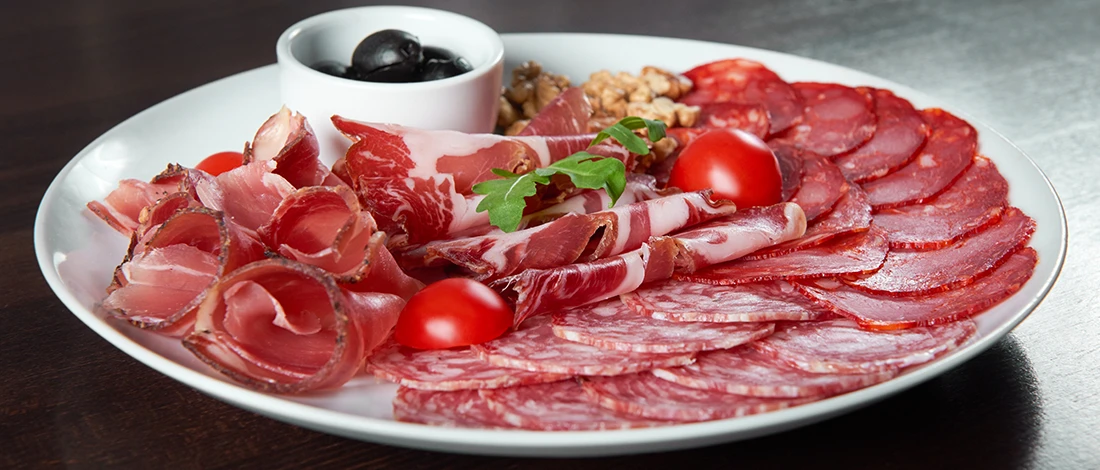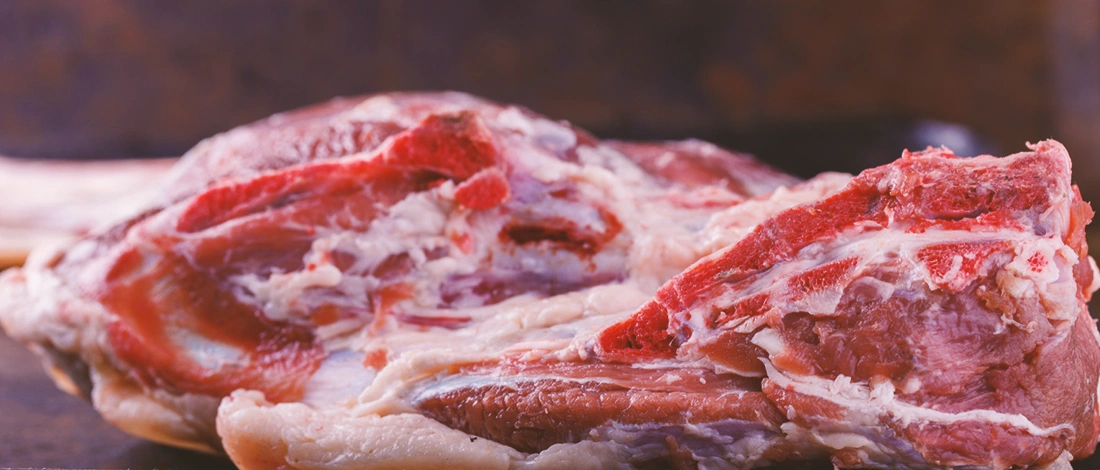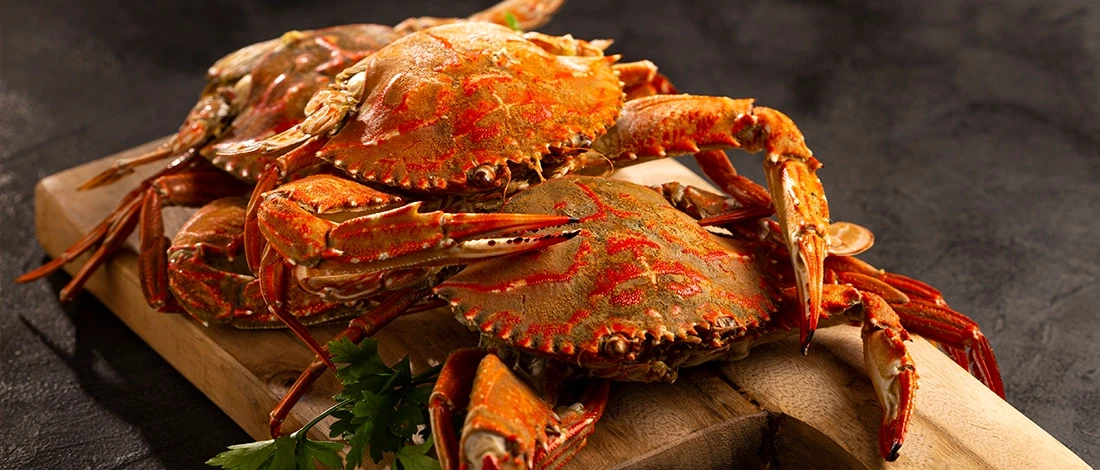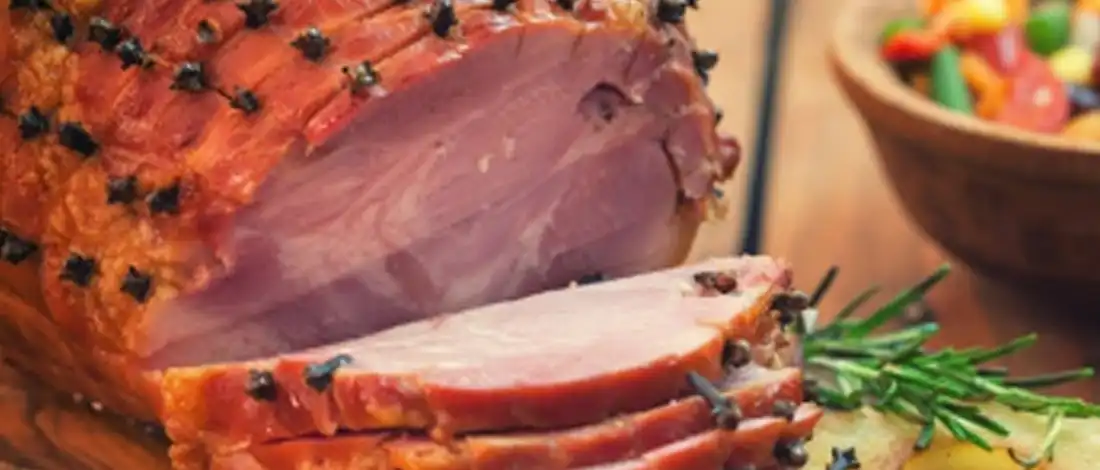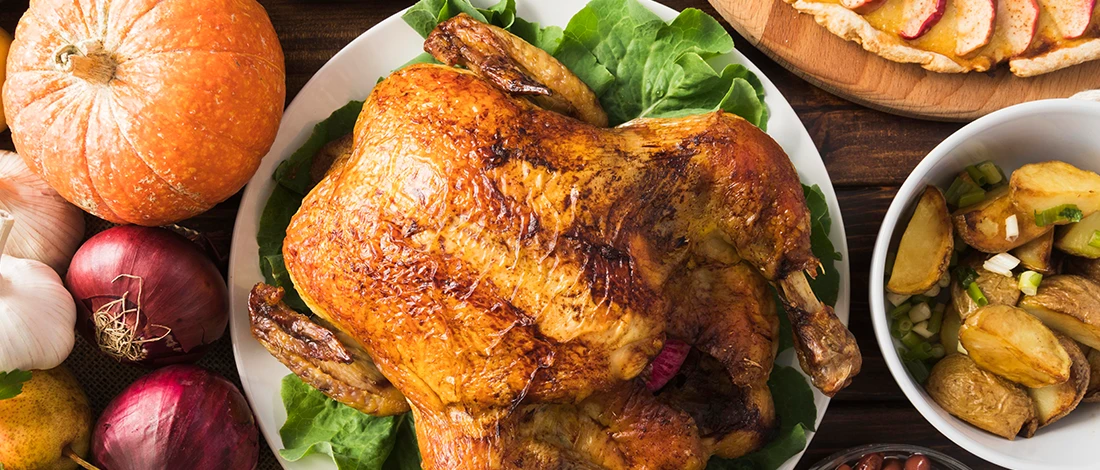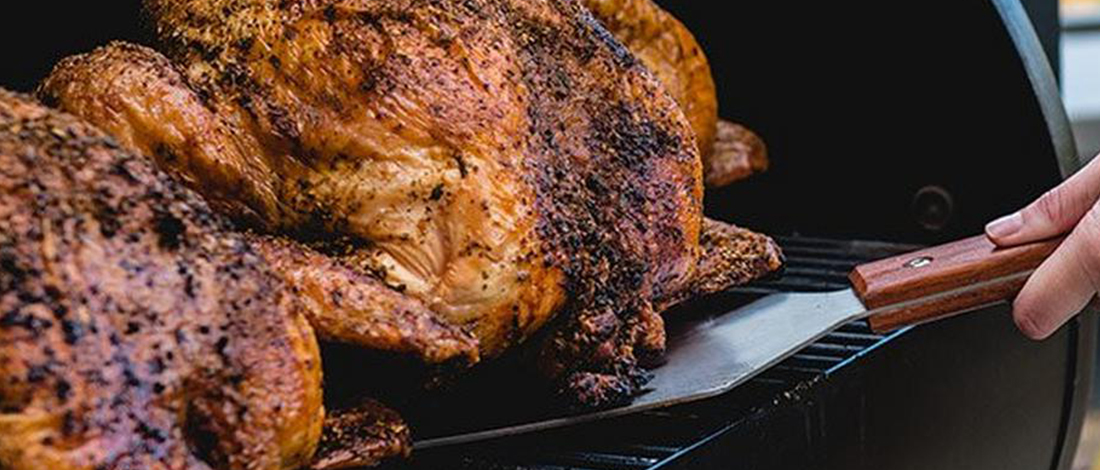During Thanksgiving festivities in my household, the fridge is always packed, so there's no space to thaw a turkey.
After hours of researching, I discovered I could safely use a cooler to thaw turkey, so I experimented with this method on a few occasions until I learned all the ins and outs of it.
Here's what you need to do.
Quick Summary
- Thawing a turkey in a cooler involves checking the cooler's internal temperature, placing the turkey in the cooler, filling it with cold water, covering the cooler, checking the water temperature, and inspecting the turkey.
- It takes 30 minutes to thaw a pound of turkey in a cooler.
- The turkey is considered thawed when a meat thermometer inserted into the center of the thigh and breast meat reads 37°F.
6 Steps on How to Thaw a Turkey in a Cooler
Thawing a turkey in a cooler works in a manner close to the conventional cold-water method, but because the cooler is insulated, the process will take longer. Additionally, frozen turkeys provide their natural chill as they thaw.
Step 1: Check the Cooler's Internal Temperature
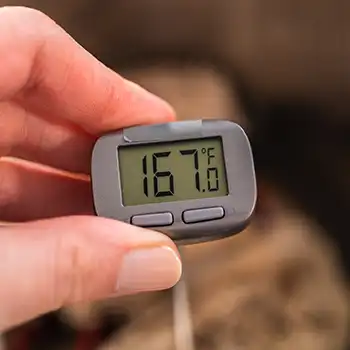
Raw meat at a hazardous temperature can expose you to foodborne illnesses if you don't follow basic food safety procedures.
That's why you should check the temperature before you can thaw a frozen turkey in a cooler.
A thermometer should be placed inside a glass of water and left in the cooler for 12 hours or overnight to obtain an accurate reading of the cooler's temperature.
This will enable the appliance to properly thaw your turkey and give you a reliable inside temperature reading.
Step 2: Put Turkey in the Cooler
Ensure that the cooler has been thoroughly cleaned after previous use. If not, the turkey can be placed once your cooler is cleaned and ready because it concerns convenience and food safety and may impact the safety of cooked meat [1].
I advise keeping a particular cooler that you use solely for defrosting meat to reduce the possibility of contamination.
Step 3: Fill with Cold Water
The turkey should be completely covered in cold water, like the cold-water method. Insert a temperature probe in the cold water bath far from the turkey or near the cooler's top, away from the liquid.
Step 4: Cover the Cooler
Seal the cooler's lid and wait for it to thaw. Frozen turkeys thaw in coolers at 30 minutes per pound, so a 10 lb turkey will be ready in 5 hours. Leave the cooler lid closed unless the alarm goes off.
Step 5: Check the Water

Even while a cooler with good insulation might not require water replacement, you should still prepare to do it halfway through or anytime your temperature probe warns that the temperature is too high.
If this happens, drain the water and refill the cooler with cold water.
Ice water should only be changed or added if the temperature climbs beyond 40°F, often called the danger zone by food safety experts [2]. The turkey meat must maintain a safe temperature.
"The bacteria that cause foodborne diseases can reproduce quickly in this temperature range. The bacteria grow more slowly at lower temperatures, and they can no longer multiply."
- U.S. Department of Agriculture
Step 6: Inspect Turkey
Insert a meat thermometer into the center of the thigh and breast meat to check the temperature.
Once it hits 37°F, your frozen turkey has thawed. If you want to ensure your turkey doesn't get too warm, inspect for this approximately an hour before you expect it to finish thawing.
Remember that Inserting your probe into raw meat will contaminate the area and increase your chance of becoming sick from eating it, so it's best to clean it before use.
How to Tell If Your Turkey Is Thawed

Here are a few signs that tell if the thawed turkey is ready for your Thanksgiving dinner.
- Breasts: When thawed, the breast meat should be flexible and springy to the touch.
- Legs: The wings and legs should move freely in their sockets when thawed.
- Insides: You should be able to easily remove the package of giblets, and the interior should be clear of ice crystals.
Related Articles:
3 Extra Tips for Thawing Your Turkey in a Cooler

The following tips can help you achieve the best result when thawing a turkey.
1. Start a timer
Remember that if the cooler gets too warm, the cooler approach could be unsafe. Set the alarm on your phone to go off periodically if you don't have a temperature alarm probe so you can check on the frozen-state turkey.
2. Use a Hose
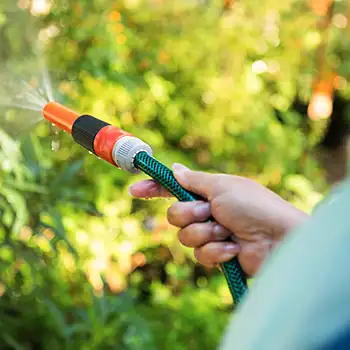
When thawing a turkey in a cooler, filling a big cooler in your sink can be tricky. It is preferable to take your garden hose, attach it to the sink, and fill the cooler.
Avoid filling the cooler with your outside connection. If you live somewhere warm, the water from your hose line might not be chilly enough.
If you stay in a cold environment, using your outside plumbing lines throughout the winter could damage them.
3. Use a Temperature Probe with an Alarm
The simplest way to keep watch of your turkey's thawing is using a temperature probe with an alert.
FAQs
How Long Does Thawing Turkey in a Cooler Take?
Thawing a pound of turkey in a cooler takes 30 minutes. So, a 15-pound turkey usually found in stores will take roughly 8 hours.
Why is Thawing Turkey in a Cooler the Best Method?
Thawing turkey in a cooler is the best method as it provides enough space to fit a whole turkey if your refrigerator is full. It's also the most convenient way of thawing if you're camping or away from the fridge.
References:
- https://www.health.state.mn.us/people/foodsafety/foods/turkey.html
- https://www.fsis.usda.gov/food-safety/safe-food-handling-and-preparation/food-safety-basics/how-temperatures-affect-food


